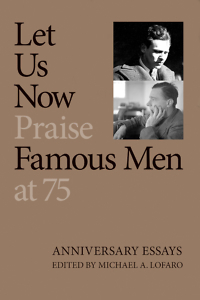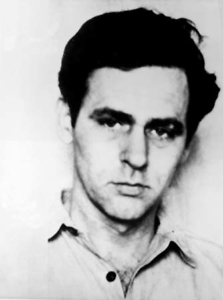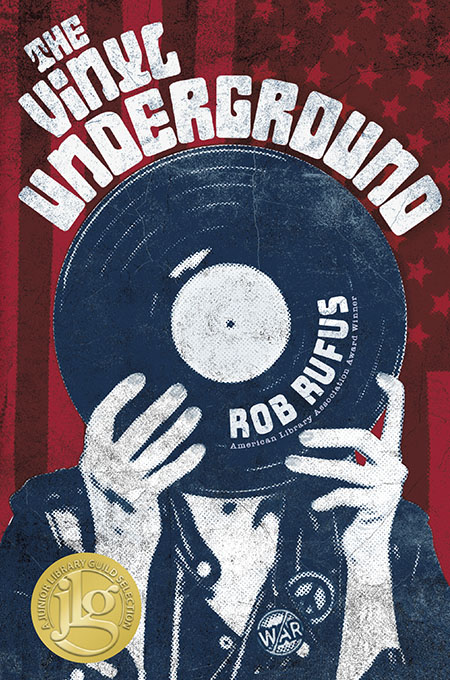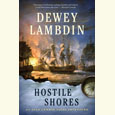Confounding Brilliance
Scholars ponder Let Us Now Praise Famous Men on its seventy-fifth anniversary
James Agee’s Let Us Now Praise Famous Men is a highly influential work of creative nonfiction that only occasionally breaks into mainstream awareness. Having taught the book in college classes, I can report that it fascinates only a handful of students while baffling or irritating the others. I once told a group of students that if James Agee makes them mad, they should hurl the book across the room—and then pick it up again and keep going. Agee would have hated the idea of his masterwork as a college text, but he probably would have approved of throwing it around now and again.
The book began as journalism—a magazine feature, with photos by Walker Evans, of three white Alabama tenant-farming families during the Great Depression—but it turned into much more than that. Both its form and content defy easy categorization or interpretation. Evans’s photographs have become some of the most iconic images of rural people during the 1930s, but Agee’s account of his nearly eight-week stay among the subjects of the book confounds many readers.
Agee, a Knoxville native who attended St. Andrew’s School in Sewanee, had a lacerating self-consciousness about his relationship to the families in this book, and he blurred the genres of writing in attempting to express it. Trying to represent his subjects faithfully and ethically, he came to worry about whether he had any right to represent them—to attempt to render their humanity into language—at all. Instead, he catalogued the most intimate, minute details of their material possessions, on down to the nails in the floorboards of their dwelling.
Depending upon one’s perspective, Let Us Now Praise Famous Men is either a masterpiece or a magnificent, if terribly flawed, literary achievement. Most of the contributors to Let Us Now Praise Famous Men at 75, a reconsideration of Agee’s masterpiece on the seventy-fifth anniversary of its publication, lean toward masterpiece. Others play it close to the vest, and two contributors take serious issue with Agee. Aside from Anne Bertrand’s account of Walker Evans’s writing, the photographer doesn’t get much extended treatment. This collection is about James Agee. Even Bertrand’s essay explores Evans’s writing primarily in relation to Agee’s.
The essays in this book do require some passing familiarity with Evans, Agee, and the book itself, though Let Us Now Praise Famous Men at 75 is mostly free of academic jargon and can be read by lay readers and scholars alike. The book’s editor, Michael Lofaro, sets things up neatly in two introductory essays. David Moltke-Hansen locates the book within and among several different ideas about sharecropping and Southern labor. Carol Blinder’s piece, on the “Shelter” section of Famous Men, addresses the way Agee consecrated sharecroppers’ homes as sacred space.
 Several essays consider how and why the book reached widespread critical acclaim only after a second edition appeared in 1960, nineteen years after its publication in 1941 (and some five years after Agee’s death). Sarah Gardner offers a history that reaches novel conclusions: “Although the literary marketplace had failed Agee in the 1940s, it proved his salvation in the 1950s. Famous Men owes its legacy to this fact, as much as to the resurgence of New Journalism and the documentary impulse in the 1960s.”
Several essays consider how and why the book reached widespread critical acclaim only after a second edition appeared in 1960, nineteen years after its publication in 1941 (and some five years after Agee’s death). Sarah Gardner offers a history that reaches novel conclusions: “Although the literary marketplace had failed Agee in the 1940s, it proved his salvation in the 1950s. Famous Men owes its legacy to this fact, as much as to the resurgence of New Journalism and the documentary impulse in the 1960s.”
Part of the story here, in other words, is the way Let Us Now Praise Famous Men, a product of the 1930s, found an audience in the 1950s and ‘60s because Agee’s obsessive, almost self-immolating sympathy for his subjects fit an age of activism. In an illuminating essay, James Crank shows how Agee’s meditations helped white civil-rights activists from the North understand their own feelings during the summer of 1964, providing guidance during inevitable moments of despair.
Agee could collapse into highly self-conscious voyeurism as a way of coping with the problem of his own voyeurism. From an astounding number of angles, nearly every essay in Let Us Now Praise Famous Men at 75 deals with this problem. Jeffrey Couchman’s argument for the cinematic character of Agee’s writing fits here, as does Paul Ashdown’s exquisitely careful case for Agee’s complex, lived irony over cheap forms of journalistic irony.
In writing Let Us Now Praise Famous Men, Agee addressed any number of longstanding philosophical problems—the relation between subject and object, the nature of being, the ethics of love and recognition, poetic imitation, and the problem of authenticity, just to name a few—and without extensive philosophical training. This is what makes his book so beautiful, so disarming, and so breathtakingly original. Fittingly, some of the essays in this collection compare Agee with other writers who also addressed these philosophical problems.
On the whole, their considerations are fascinating. Brent Walter Cline considers how Agee and Dostoevsky imagined redemptive suffering in complementary ways. David Madden finds remarkable similarities between Herman Melville and Agee. Jesse Graves makes a case for a match between ways of seeing in Lorca and Agee. Hugh Davis’s exploration, by way of Schopenhauer and Wordsworth, of the philosophical limits and yet aesthetic promise that comes with the impossibility of faithfully representing the world is simply wonderful. Davis gets closer than anybody to the heart of Agee’s fundamental dilemma in Famous Men.
The book ends with a beautiful, elegiac travelogue by Andrew Crooke, who explores the ruins of the Alabama county trod by Agee and Evans all those years ago. Lovers of Let Us Now Praise Famous Men could hardly hope for much more—a sensitive reader leaping into the dark with James Agee, trying to understand the untold depths of the others in our midst.

Peter Kuryla is an associate professor of history at Belmont University in Nashville, where he teaches a variety of courses having to do with American culture and thought. He is also a regular blogger for the Society for U.S. Intellectual History (S-USIH).



